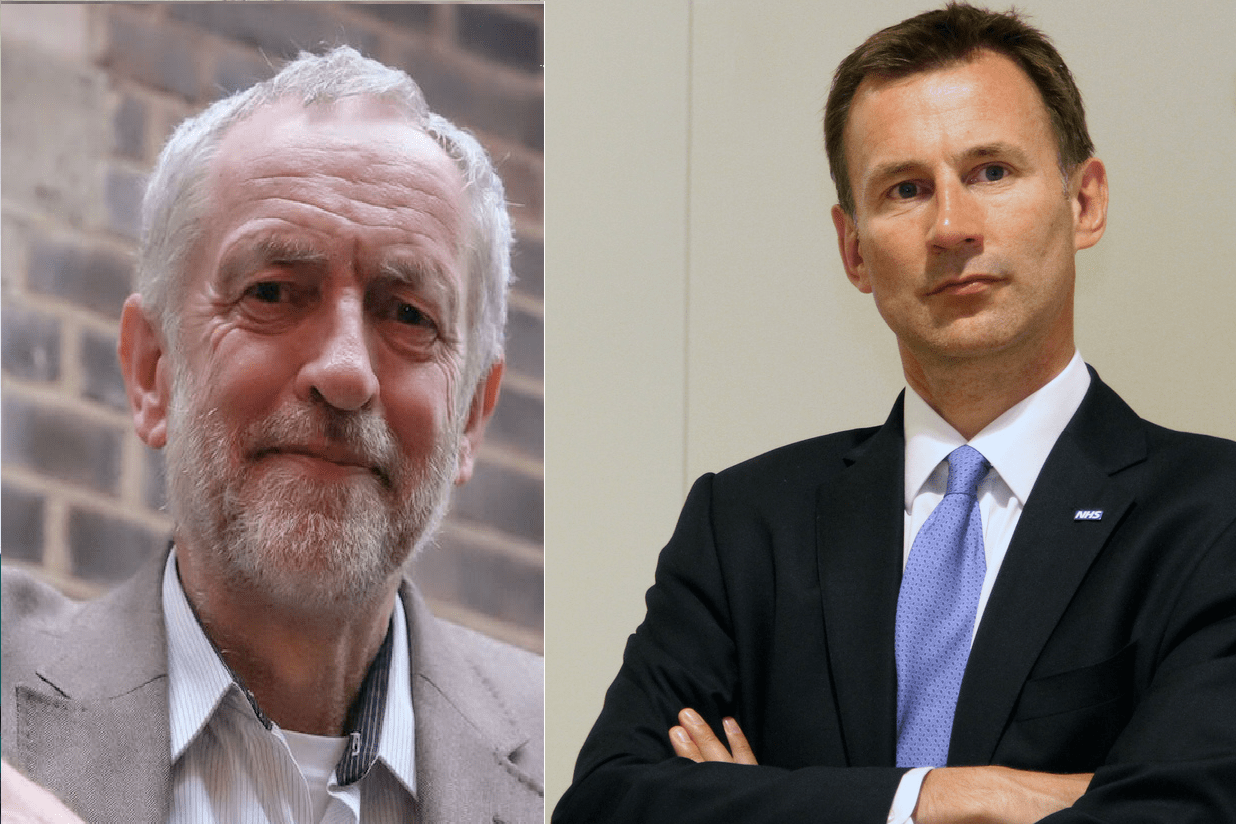Theresa May is about to sell the Green Investment Bank (GIB) to the Australian bank Macquarie – nicknamed ‘The Vampire Kangaroo’. Critics already feared that Macquarie might be after the GIB solely to make a quick profit by selling its assets. Now, an investigation conducted by think tank E3G and Greenpeace UK has found evidence that the GIB has recently made changes in its structure that usually precede the selling of assets.
Privatising profits
The Coalition government created the GIB in 2012 to promote the transition to a greener economy. It invests in green projects that are hard to finance otherwise. Accordingly, its portfolio includes assets such as offshore wind farms, waste facilities, and street-lighting systems. In the financial year 2014-2015, the GIB became profitable.
But in June 2015, Sajid Javid, then business secretary, announced the privatisation of the bank to attract more investment and increase its lending powers. The government set in motion the process in March 2016 with the explicit support of Lord Smith of Kelvin and Shaun Kingsbury, independent chair and chief executive of GIB, respectively.
But from the day the privatisation announcement was made, critics have warned of the risks of the move, including the possibility that the GIB loses its green remit. In the face of this concern, the government created an organisation called the Green Purposes Company. This organisation is formed by independent trustees and its role will be to ensure that the investments of the bank comply with its green purposes.
But this solution overlooks a greater danger: that the buyer is not interested in the GIB’s green specialism, but only in the value of its assets. Without new investments, the Green Purposes Company would become useless. And as things have turned out, this doesn’t seem far-fetched. In fact, it seems almost probable.
The wolf at the door
Although not officially confirmed, it seems like the government’s preferred bidder for the GIB is the Australian bank Macquarie. The financial press has nicknamed Macquarie ‘The Vampire Kangaroo’. The company has a reputation for aggressively focusing on profit.
MPs of all stripes have shown concern with the bidding.
Caroline Lucas, from the Green Party, called a debate in the House of the Commons and asked to halt the process. She also complained about the lack of information on the details of the sale. Gregory Barker, former Tory climate change minister, said he wrote to Theresa May asking her to reconsider the sale. And Vince Cable, Lib Dem former business secretary, also stated his concern about a possible asset-stripping by Macquarie.
Suspicious changes
The E3G and Greenpeace UK investigation adds more evidence to these concerns. It says the GIB has created 14 new companies in the last few months. 10 of them were created in just nine days and include the GIB’s most valuable assets: its offshore wind farms.
The new companies add complexity to the previously simple and transparent structure of the GIB. The investigation notes [pdf p2] that:
The establishment of holding companies, and multiple corporate layers, is often synonymous with practices such as excessive debt, asset stripping and financial engineering, including tax avoidance.
According to financial experts cited in Greenpeace’s Energydesk, “a company with this structure would be ripe for a sell-off”.
Moreover, Greenpeace has previously exposed the ties of Macquarie with the fossil industry, backing fracking and coal.
Get Involved!
– Read more from environmental stories from The Canary.
Featured image via Flickr/UK Home Office
















